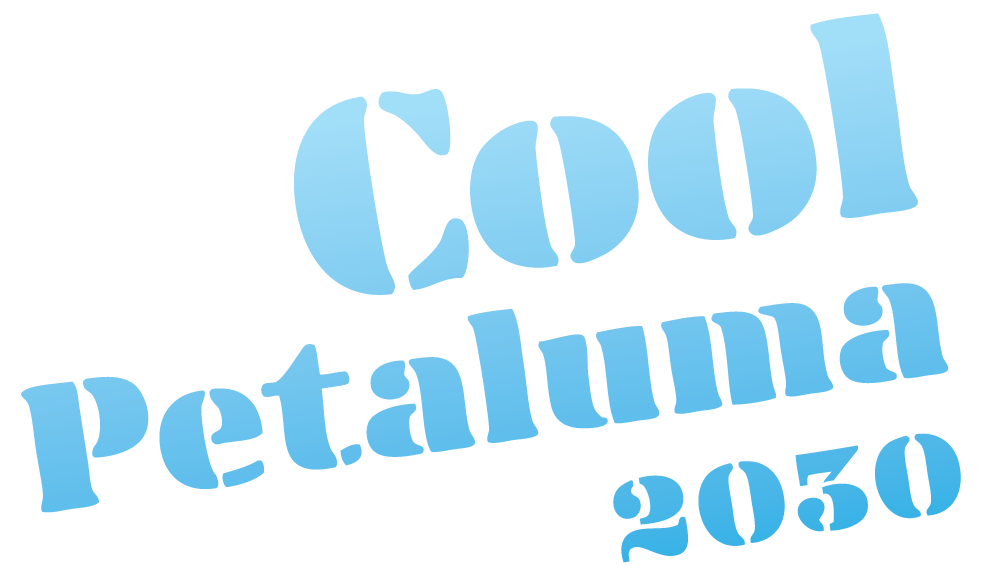Climate Column: Imagining a Brighter Future
NATASHA JULIANA
FOR THE ARGUS-COURIER
September 22, 2022, 7:30AM
How good is your imagination?
Can you look down East Washington Street and envision a beautiful boulevard? I can see a vibrant east-west community connector made up of urban farms and playgrounds, basketball courts and skate parks, bandstands and dance floors, trees and bees and butterflies, with people of all ages laughing and playing as they wind their way across town by foot or bicycle or golf cart, while those in a hurry zip overhead in colorful gondolas. Crazy? Maybe. Maybe not.
The likelihood of such a wild transformation might also depend on how we understand time. In business, it is often said that we overestimate what we can accomplish in the near-term and underestimate what can be achieved in the long-term.
Lately, I’ve been contemplating time scales and what happens when we expand our thinking to embrace the time beyond our own lifespan.
At the end of our Cool Petaluma Leadership training, we facilitate a visualization that helps us connect to past and future generations by imagining the lives of people we love. First, we go back in time to the life of someone we loved two generations older, like my grandfather who was a small boy in the 1930s. What was the world like when he was a child? Then we move through the generations to think of a small person we love today, like my seven-year-old nephew, who seems to have inherited those same charming, mischievous qualities I adored in my grandfather. My nephew’s 90th birthday party will take place in the year 2105. What will the world be like as he blows out the candles on that cake?
If we reawaken our imagination, we can envision the future we want to see for ourselves and the generations to come.
The older we get, the more we think the world won’t change, even though we’ve bared witness to great changes in our own lifetimes. The word “internet” is not in my high school dictionary and the little pocket computing devise I carry with me everywhere would have been complete science fiction. Why do those things exist today? Because someone imagined them and was crazy enough to think they could make them real.
Taking it even further, what could the world look like in the year 4,000? Even sci-fi writers are hard pressed to think that far out. But the Roman colosseum was build 2,000 years ago and still stands today. I grew up in an ancient redwood forest and some of those oldest trees were also alive then. Given that framing, projecting out another 2,000 years shouldn’t be such a radical idea.
Unfortunately, most of the possibilities we are presented with these days are dystopian and scary. It’s very hard to conceptualize how the world a hundred years from now, let alone a thousand years from now, could possibly better. But as any athlete or entrepreneur knows, the way to create success is to imagine success. Or, as Abraham Lincoln famously advised, “The best way to predict your future is to create it.”
To be sure, we have a lot of hard work ahead of us and some aspects of our fate are likely baked in, no matter how much we try to create our way out of it. The Bay Area, for example, is projected to experience seven feet of sea level rise by my nephew’s 90th birthday. And, lest we forget, the Petaluma “river” is really a tidal slough that goes up and down with the ocean.
But Petaluma was only founded in 1858, 164 years ago. By the year 2186, 164 years from now, we may have built a whole new town for our great-grandchildren to thrive in.
Can you imagine that?
Natasha Juliana is the Campaign Director for Cool Petaluma. She can be reached at natashaj@coolpetaluma.org For information on how to get involved, visit coolpetaluma.org
To try the generational visualization, listen to the Human Layers practice at https://www.thelongtimeacademy.com/practices

